Archives
- 2025-12
- 2025-11
- 2025-10
- 2025-09
- 2025-03
- 2025-02
- 2025-01
- 2024-12
- 2024-11
- 2024-10
- 2024-09
- 2024-08
- 2024-07
- 2024-06
- 2024-05
- 2024-04
- 2024-03
- 2024-02
- 2024-01
- 2023-12
- 2023-11
- 2023-10
- 2023-09
- 2023-08
- 2023-07
- 2023-06
- 2023-05
- 2023-04
- 2023-03
- 2023-02
- 2023-01
- 2022-12
- 2022-11
- 2022-10
- 2022-09
- 2022-08
- 2022-07
- 2022-06
- 2022-05
- 2022-04
- 2022-03
- 2022-02
- 2022-01
- 2021-12
- 2021-11
- 2021-10
- 2021-09
- 2021-08
- 2021-07
- 2021-06
- 2021-05
- 2021-04
- 2021-03
- 2021-02
- 2021-01
- 2020-12
- 2020-11
- 2020-10
- 2020-09
- 2020-08
- 2020-07
- 2020-06
- 2020-05
- 2020-04
- 2020-03
- 2020-02
- 2020-01
- 2019-12
- 2019-11
- 2019-10
- 2019-09
- 2019-08
- 2019-07
- 2019-06
- 2019-05
- 2019-04
- 2018-11
- 2018-10
- 2018-07
-
br Melanoma cell lines There is
2021-11-25
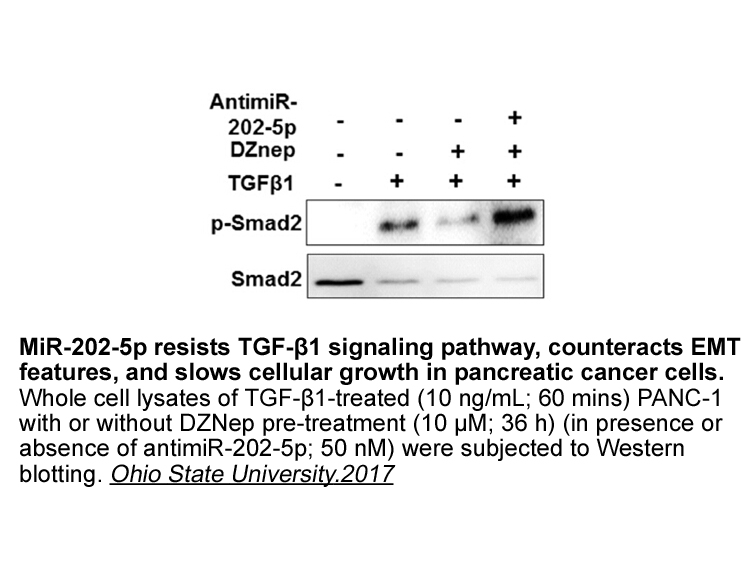
Melanoma cell lines There is suggestive epidemiological evidence that omega-3 PUFA can be preventative against melanoma, although the mechanisms of this relationship has not been extensively investigated [65], [66]. A 2014 study demonstrated that DHA inhibited cell proliferation in vitro in A205
-
Ligand selectivity may directly be related
2021-11-25

Ligand selectivity may directly be related to the conformational landscape explored by GPCRs despite that most GPCRs do not require dimerization for ligand recognition (Mary et al., 2012). Monomer FPRs have traditionally been perceived as receptors that can recognize N-formyl peptides and LXA4. This
-
Mitochondrial is the main source for ROS and ATP
2021-11-25

Mitochondrial is the main source for ROS and ATP generation, and the loss of mitochondrial membrane potential is involved in the alteration of mitochondrial metabolism and mitochondrial failure-induced cell death [33,34]. In this study, we showed that upregulated ZNF32 sustained mitochondrial membra
-
The exocytosis promotion is triggered
2021-11-25
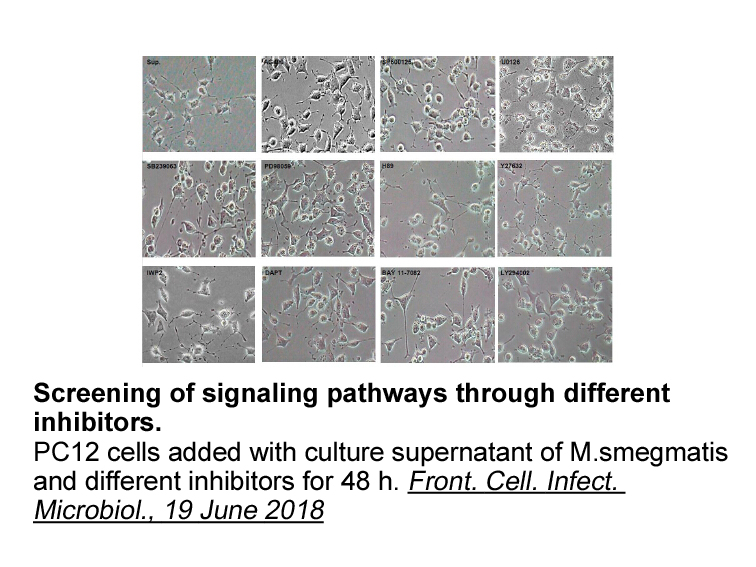
The BX-912 promotion is triggered upon the binding of Ca2+ to the C2 domains of two key protein groups, i.e. complexin and certain synaptogamins (Lai et al., 2017; Rizo and Xu, 2015). The first step of the vesicle fusion is the priming of the secretory vesicles, involved at the switching from close
-
A pyrimidine class of compounds is of enormous interest
2021-11-25
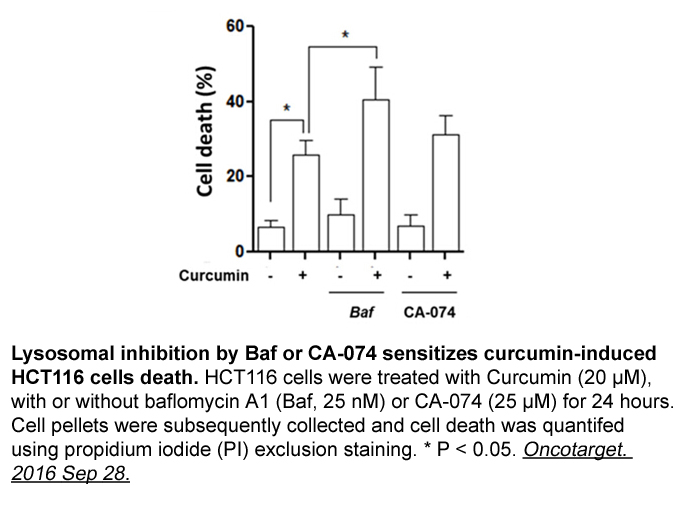
A pyrimidine class of compounds is of enormous interest within anti-HIV drug discovery process for several decades, as pyrimidine based DABOs class [7], DAPYs class [8] are well known as NNRTIs as well as NRTIs. However, the overall role of a pyrimidine class of heterocycles in anti-HIV drug discove
-
PP 3 While considering the molecular pathogenesis of
2021-11-25
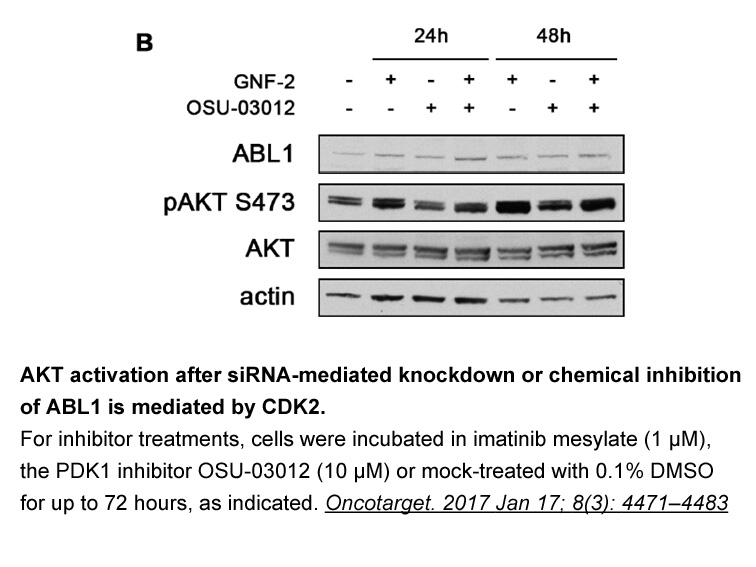
While considering the molecular pathogenesis of an MPNST, the Ras/Raf/MEK/ERK, mTOR/AKT, p53, and PTEN pathways associated with tumor growth have been described (McCubrey et al., 2012). The involvement of receptor tyrosine kinases such as EGFR and TAM receptor families, and its associated molecular
-
Metabolic adaptation is an important survival strategy for c
2021-11-25
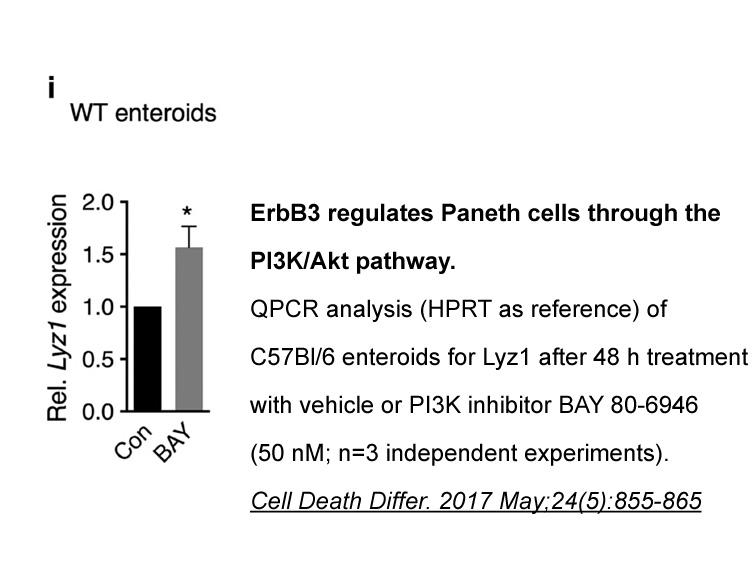
Metabolic adaptation is an important survival strategy for cancer cells within the hypoxic tumor environment. Under the condition of O2 limitation, metabolic pathways shift from energy-efficient oxidative phosphorylation to the anaerobic glycolysis pathway for the purpose of ATP generation [13,43].
-
A nitric oxide donor glyceryl trinitrite and the
2021-11-25
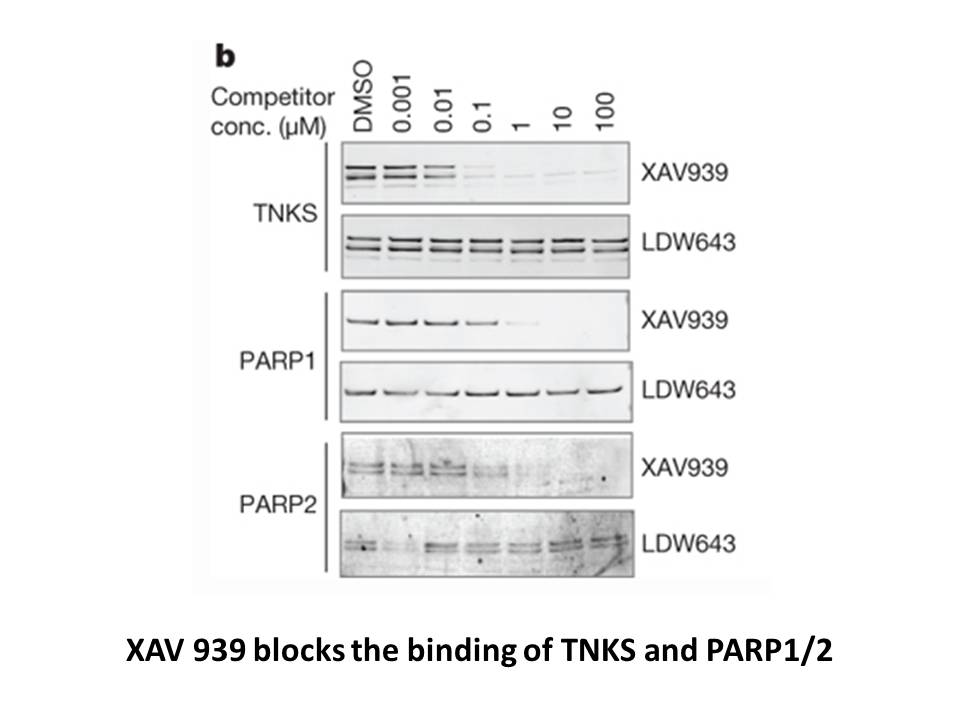
A nitric oxide donor, glyceryl-trinitrite, and the substrate for nitric oxide, l-arginine, have been used to treat preterm labor. However, these studies are preliminary. The beneficial effect of nitric oxide donors needs to be confirmed by more controlled studies. The probable pitfall of using nitri
-
In addition to these effects on metabolic function in
2021-11-24
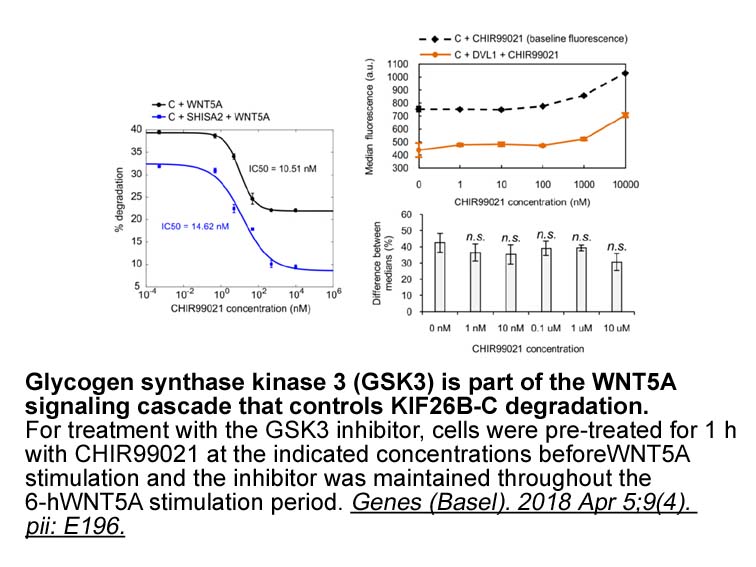
In addition to these effects on metabolic function in cardiac cells, this study also demonstrates changes in the expression of hypertrophic genes and proteins subsequent to GPR119 activation. Again this occurred in a distinct pattern dependent on palmitate exposure. Of interest SOCS3 mRNAs were decr
-
In conclusion the present study demonstrated that peripheral
2021-11-24
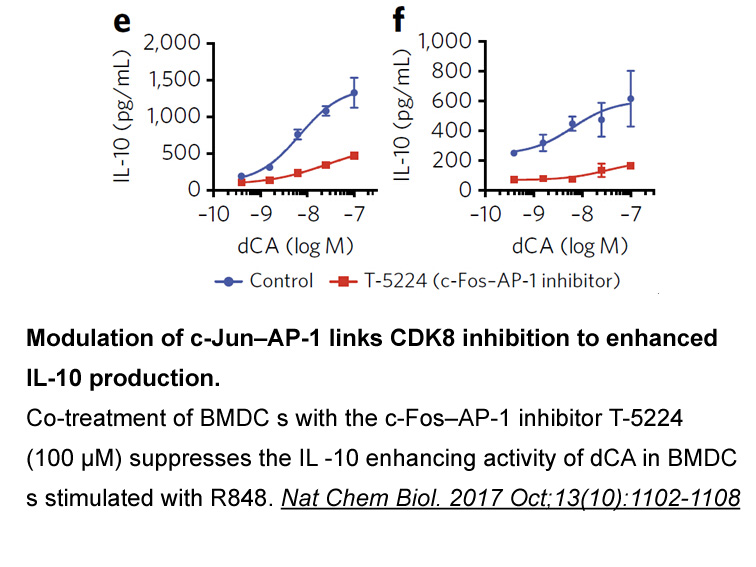
In conclusion, the present study demonstrated that peripheral nerve exposure to HIV gp120 increased the expression levels of the P2Y12 receptor in DRG SGCs and enhanced mechanical and thermal hyperalgesia in rat models. Up-regulation of the P2Y12 receptor in DRG SGCs further promoted the release of
-
br Introduction Glucose is the major carbon source in
2021-11-24

Introduction Glucose is the major carbon source in most organisms. Cancer WIN 18446 in particular require a steady source of energy to maintain growth and proliferation, and preferentially use glycolysis for their energy supply even under aerobic conditions. Glucose uptake in mammals is mainly m
-
The bFGF induced upregulation of both GR and
2021-11-24

The bFGF-induced upregulation of both GR and MR levels observed in our study raises a question regarding whether the simultaneous augmentation of the two receptors has a physiological and/or medical significance. It has been suggested that MR stimulates intracellular signaling pathways to minimize s
-
In conclusion we show to our knowledge
2021-11-24
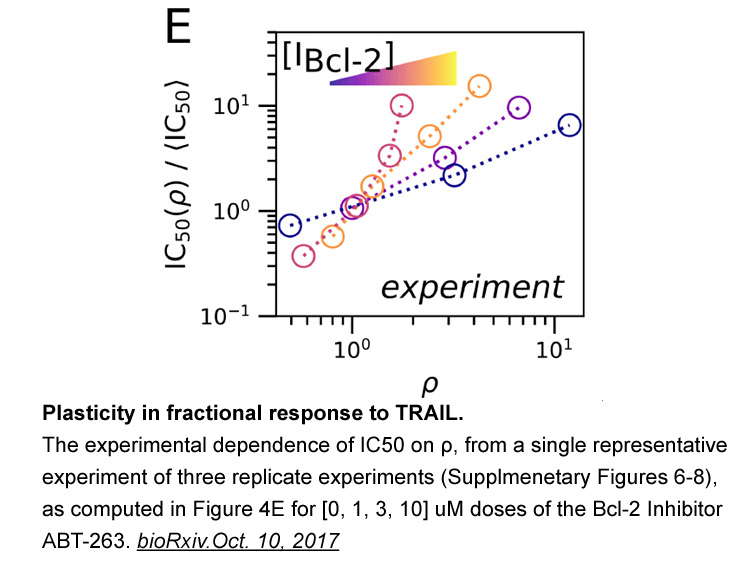
In conclusion, we show, to our knowledge for the first-time, compelling evidence for functional OTR and GHSR crosstalk, which is likely via the formation of a novel OTR/GHSR heterocomplex with important downstream signalling consequences. This OTR/GHSR interaction is poised to play an important phys
-
br Acknowledgements br Introduction Galanin shows widespread
2021-11-24
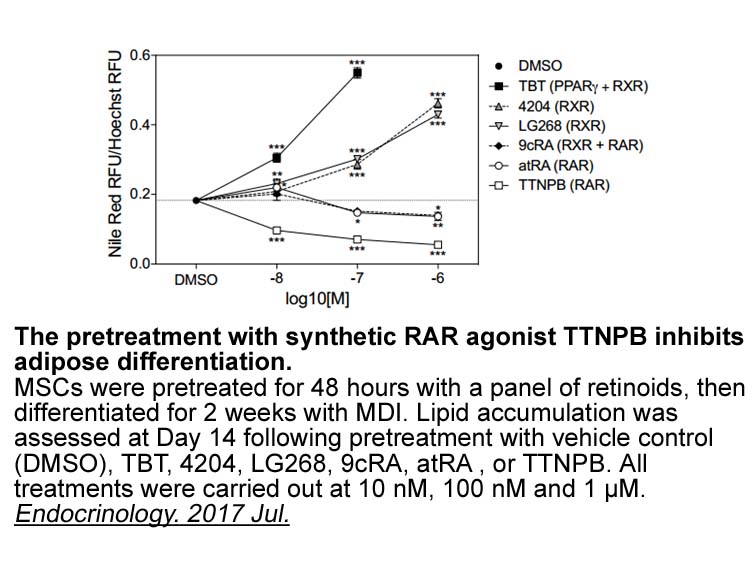
Acknowledgements Introduction Galanin shows widespread distribution in the central nervous system (CNS) and peripheral nervous system (PNS) as well as in the immune, endocrine and endothelial vascular systems (Lang et al., 2007). Galanin controls diverse physiological processes such as arousal
-
br Conclusion br Methods br Introduction To predict such top
2021-11-24
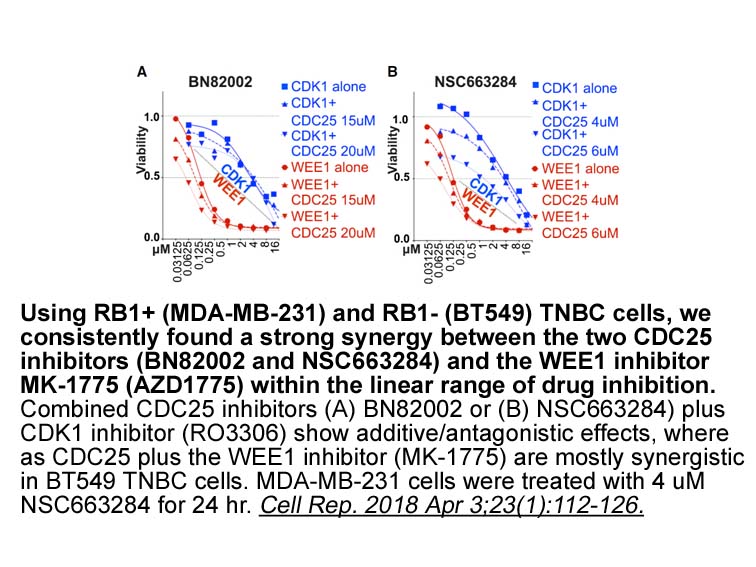
Conclusion Methods Introduction To predict such topologies, several algorithms have been developed. Quadparser (QP), developed by the Balasubramanian group have taken an approach where sequences matching G≥nN≤mG≥nN≤mG≥nN≤mG≥n model in which the lengths of G-tracts are at least n and lengths
15944 records 534/1063 page Previous Next First page 上5页 531532533534535 下5页 Last page